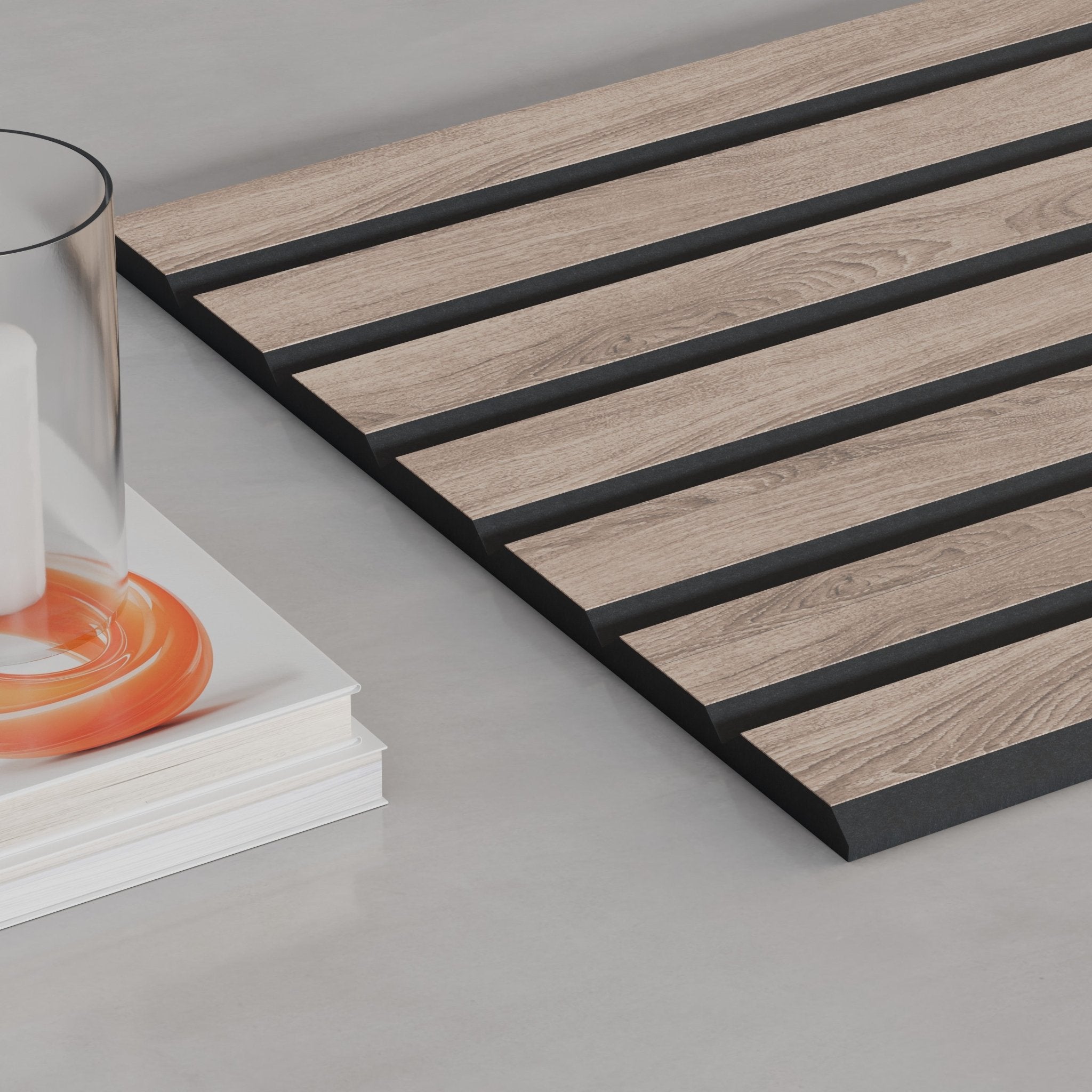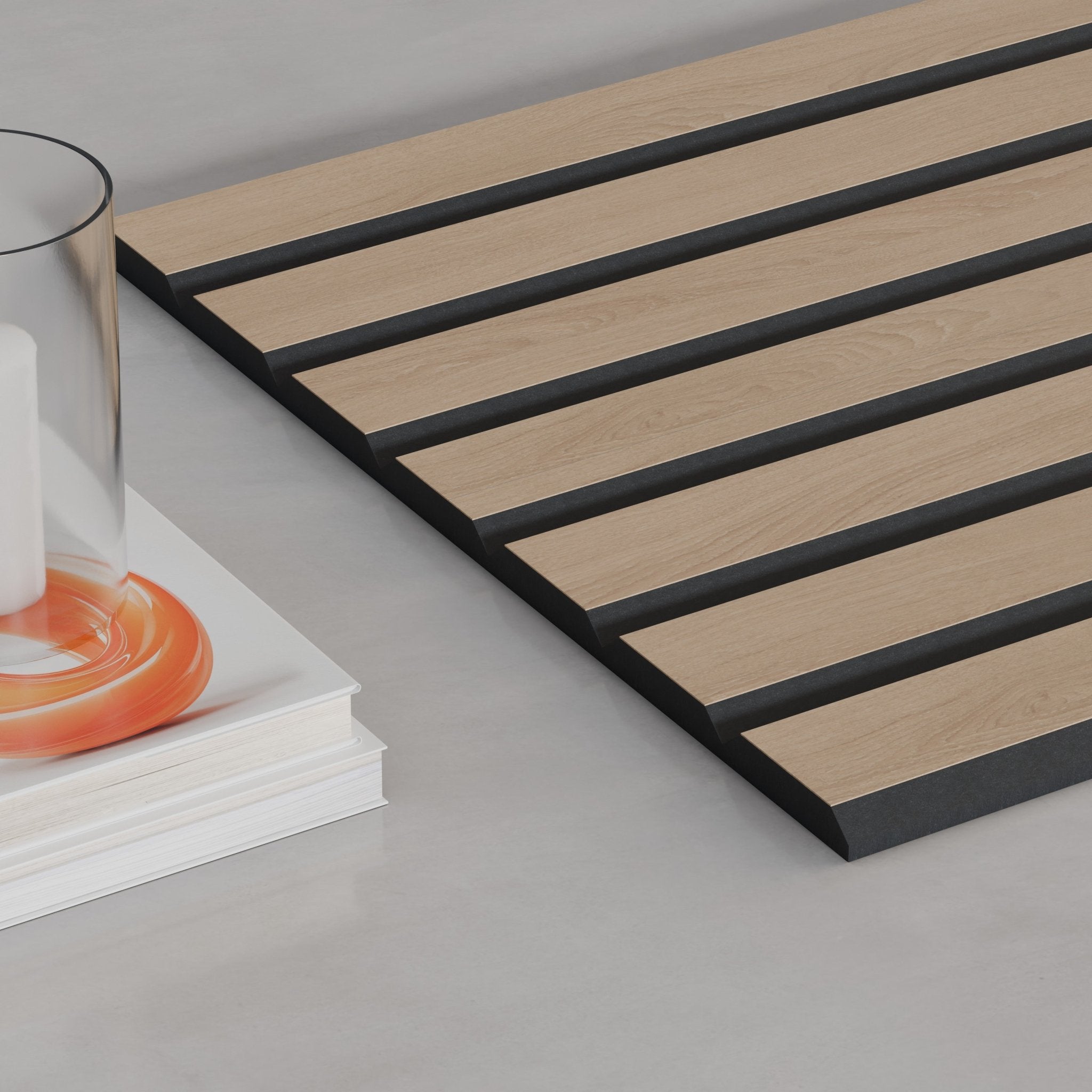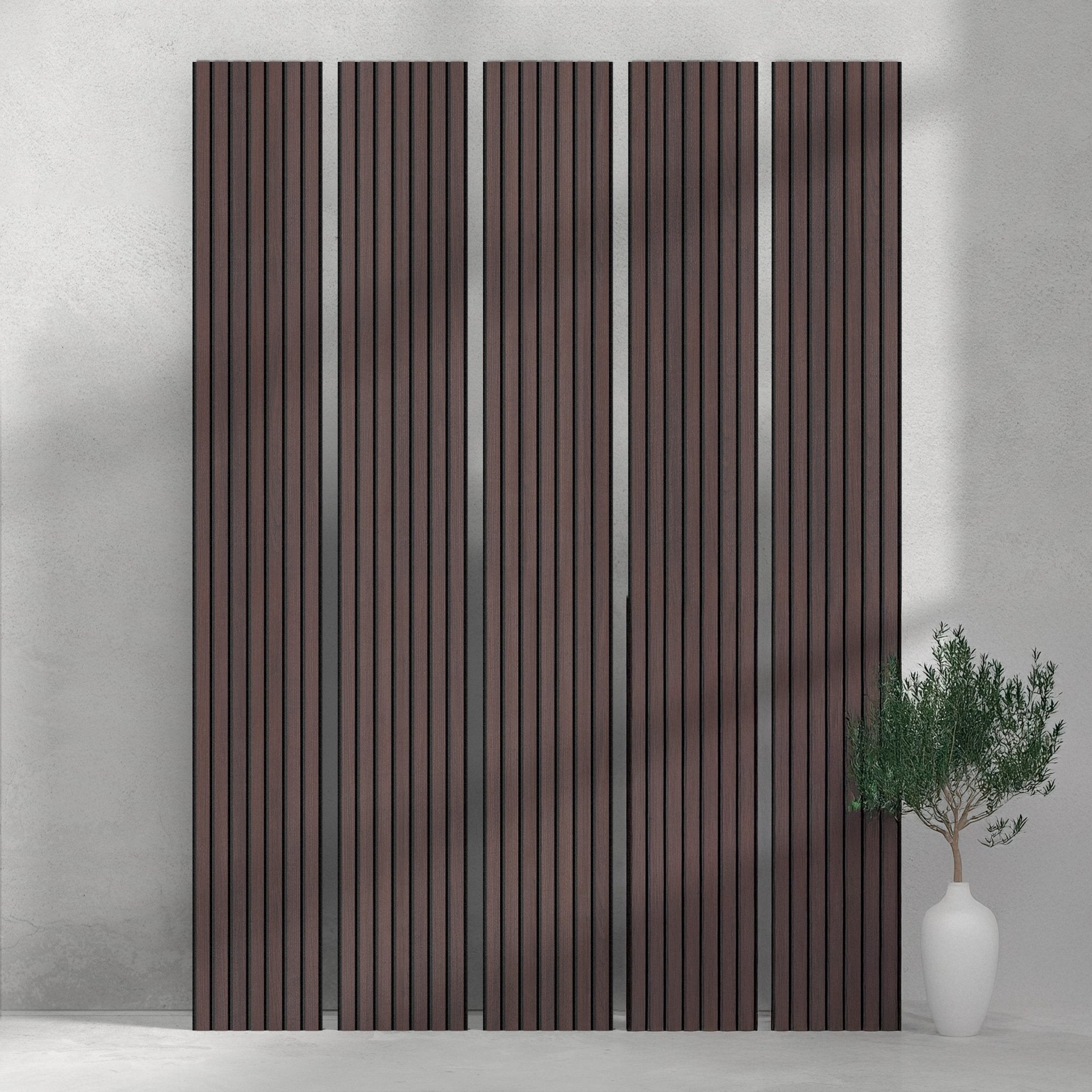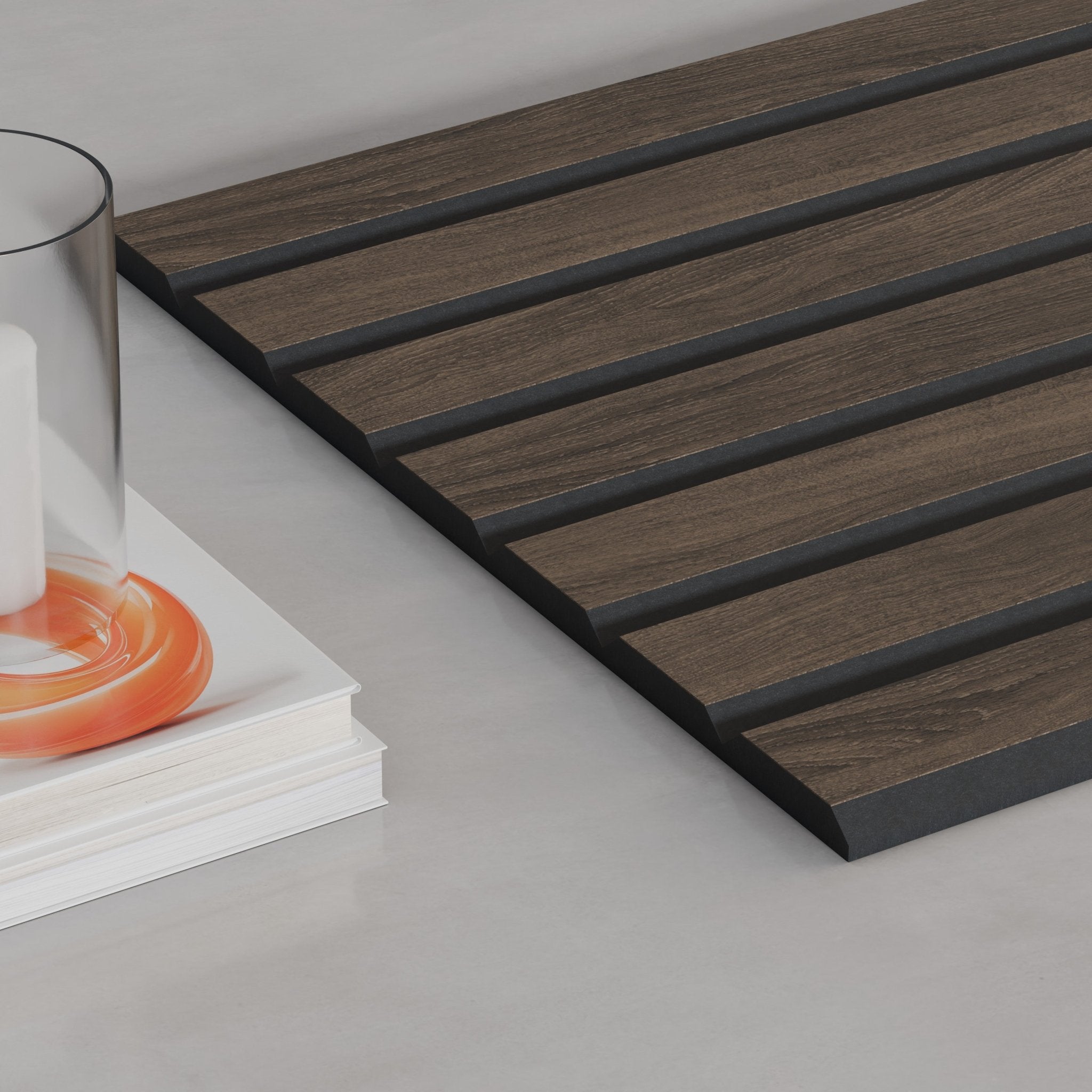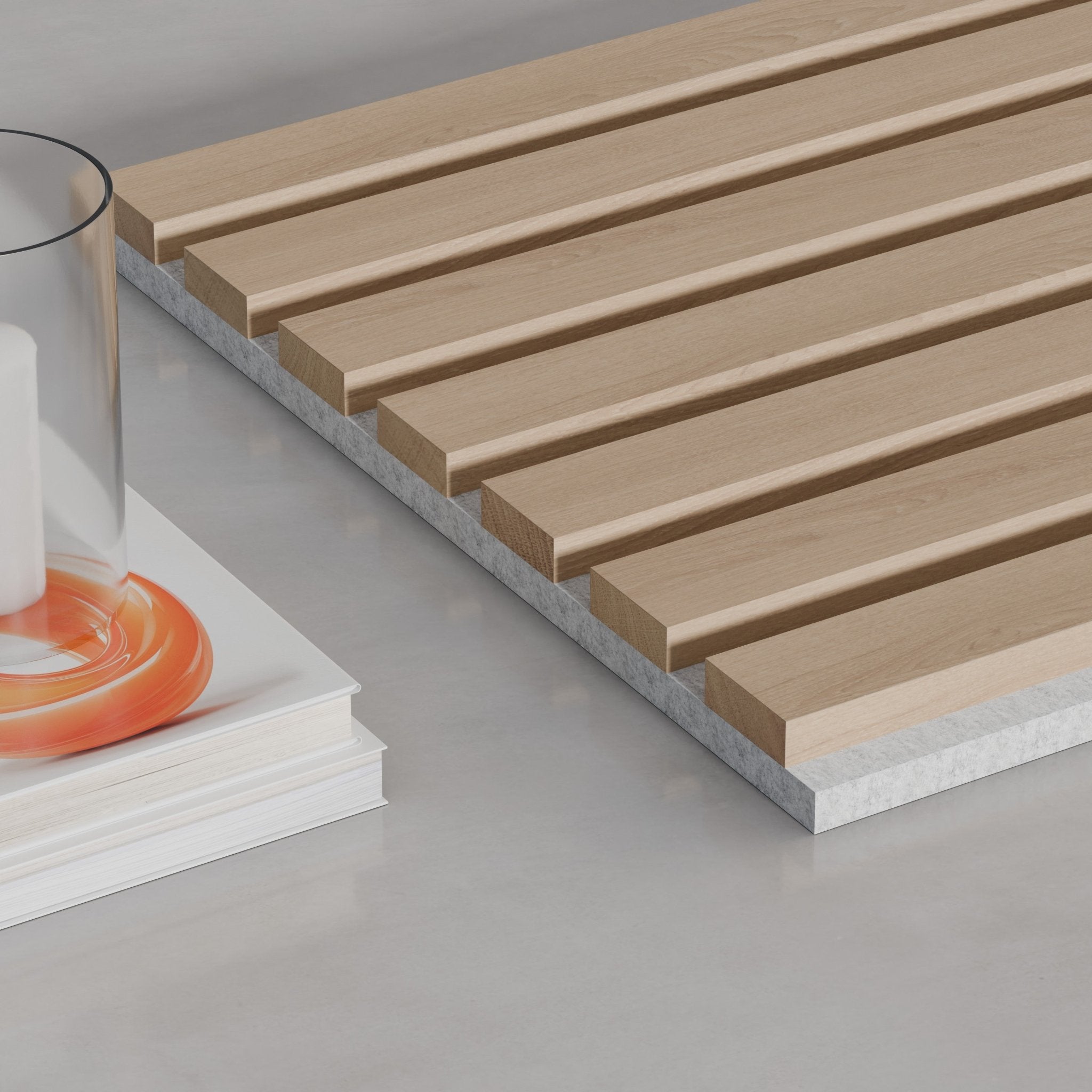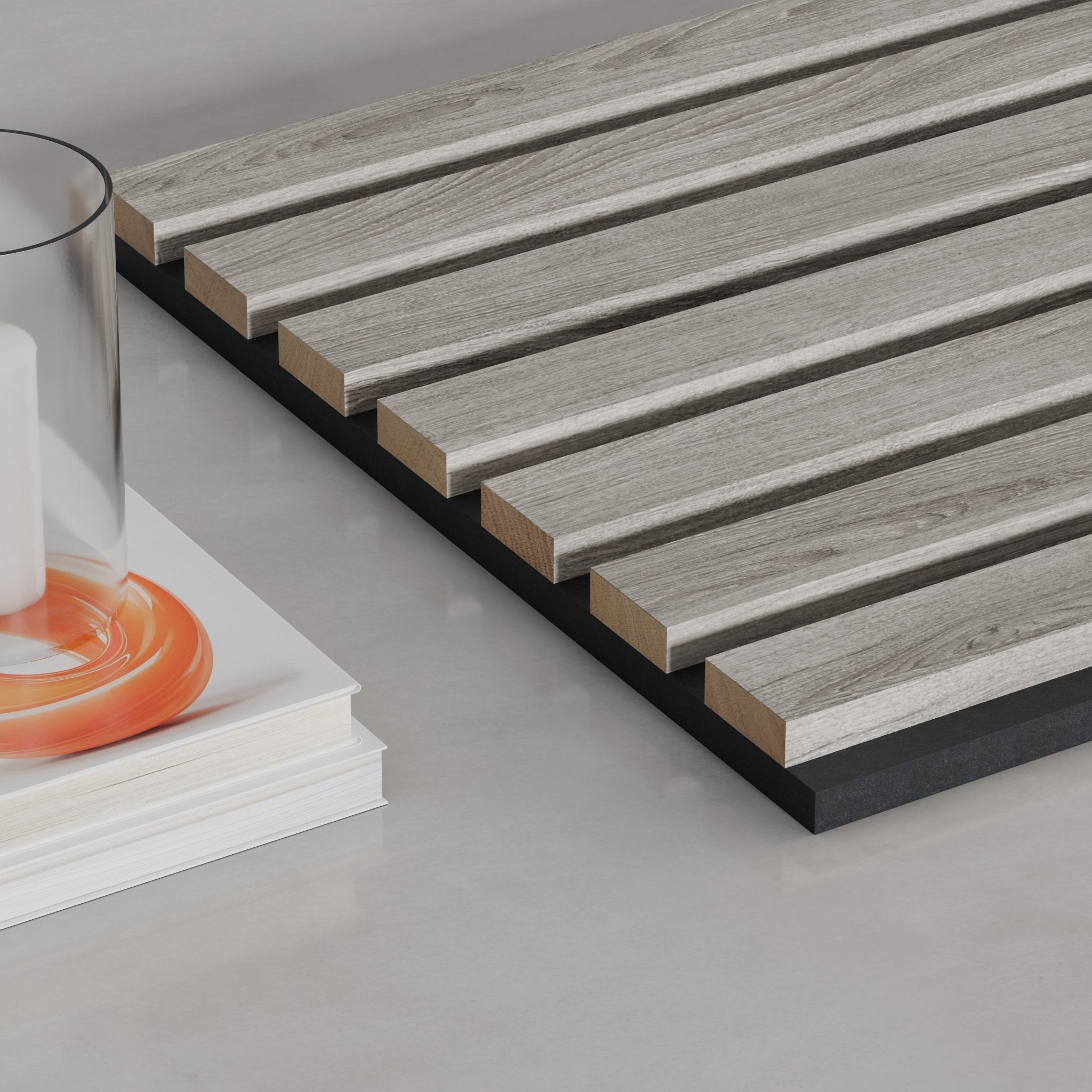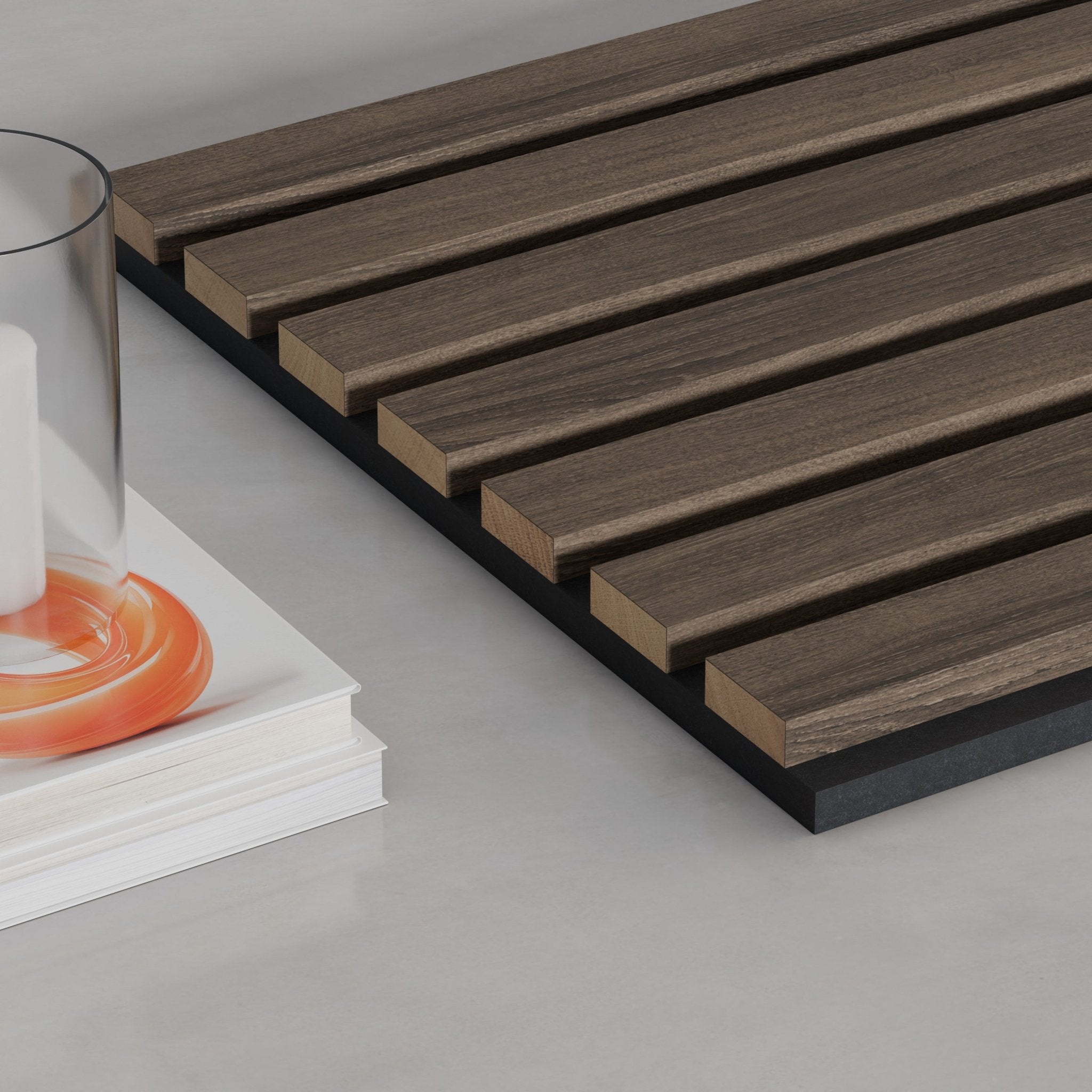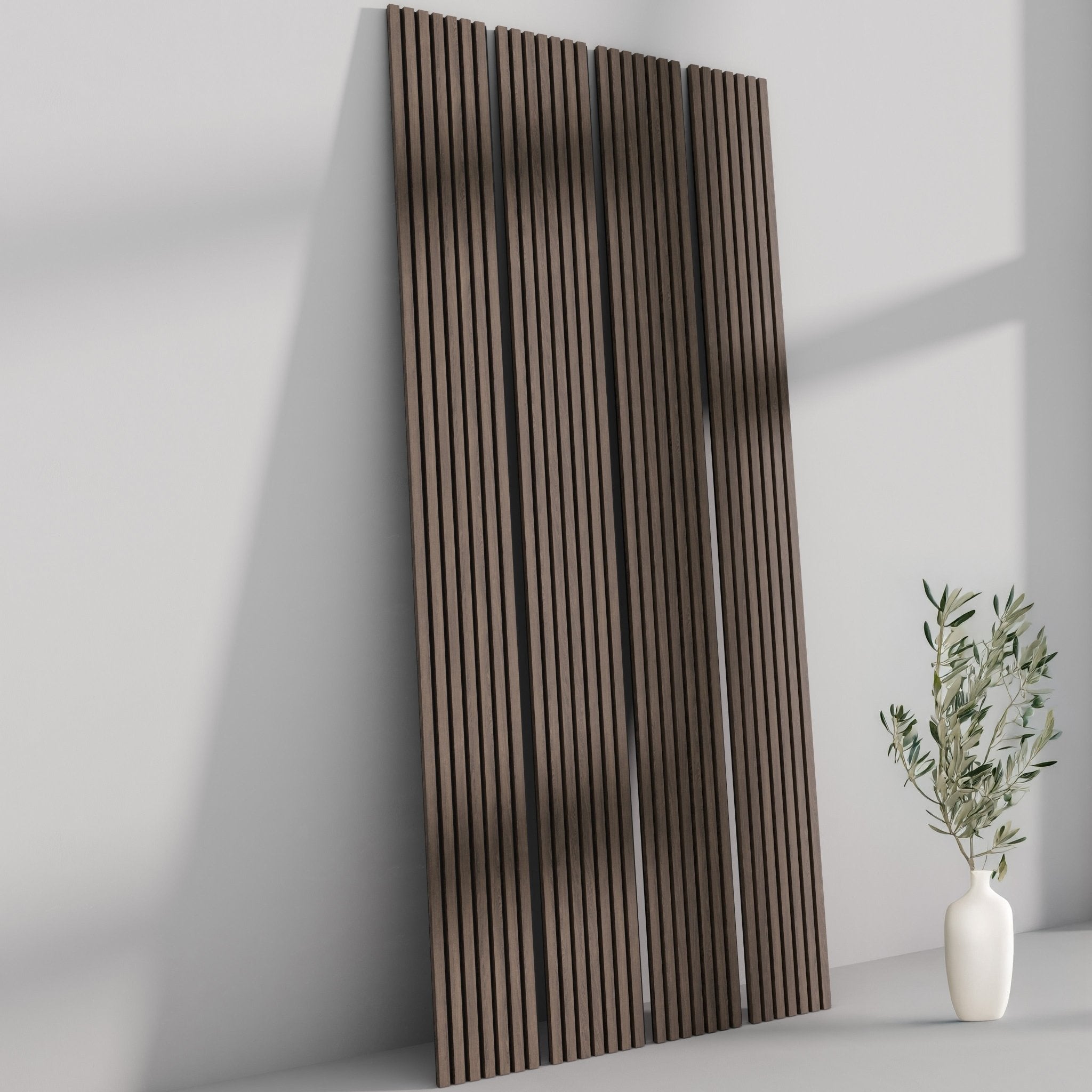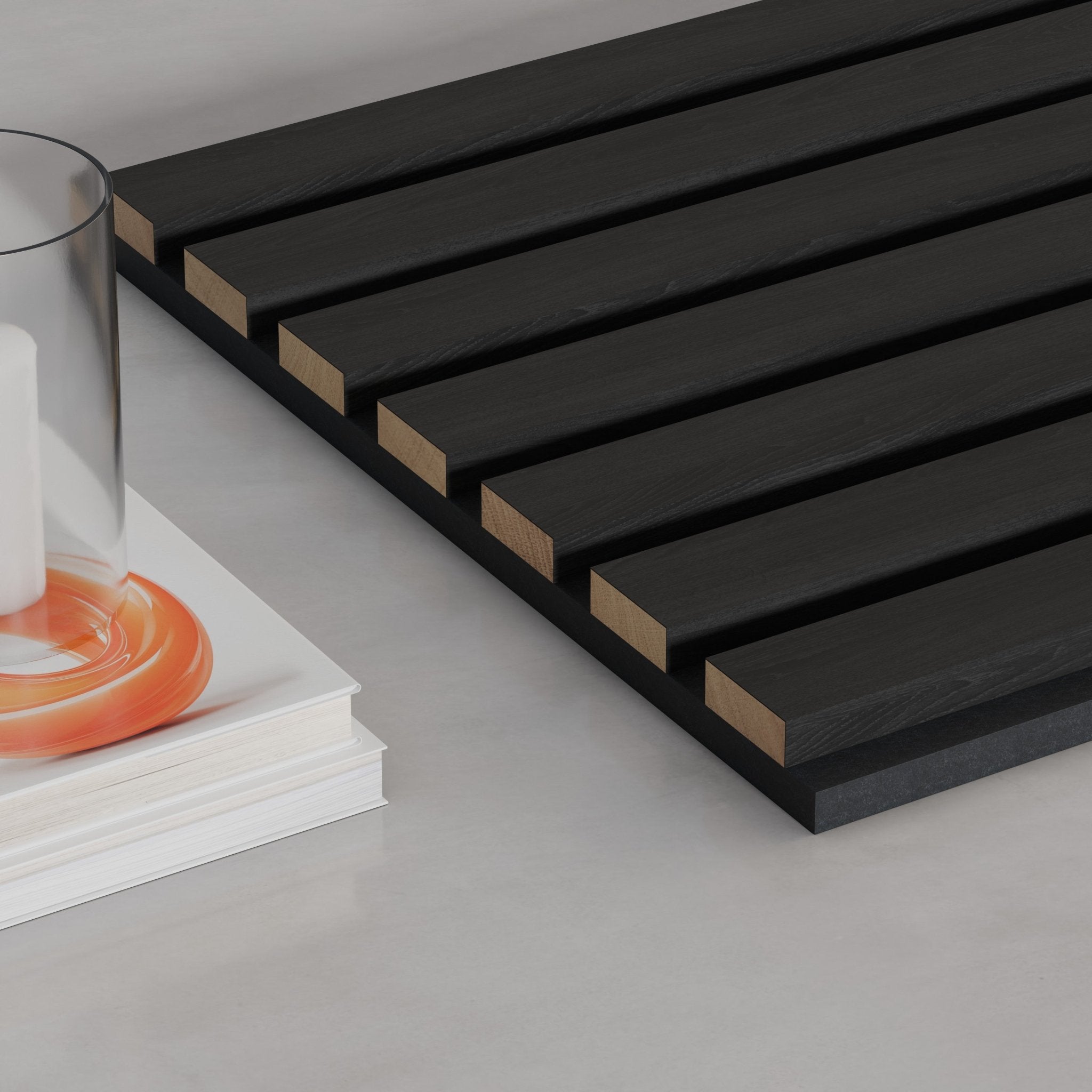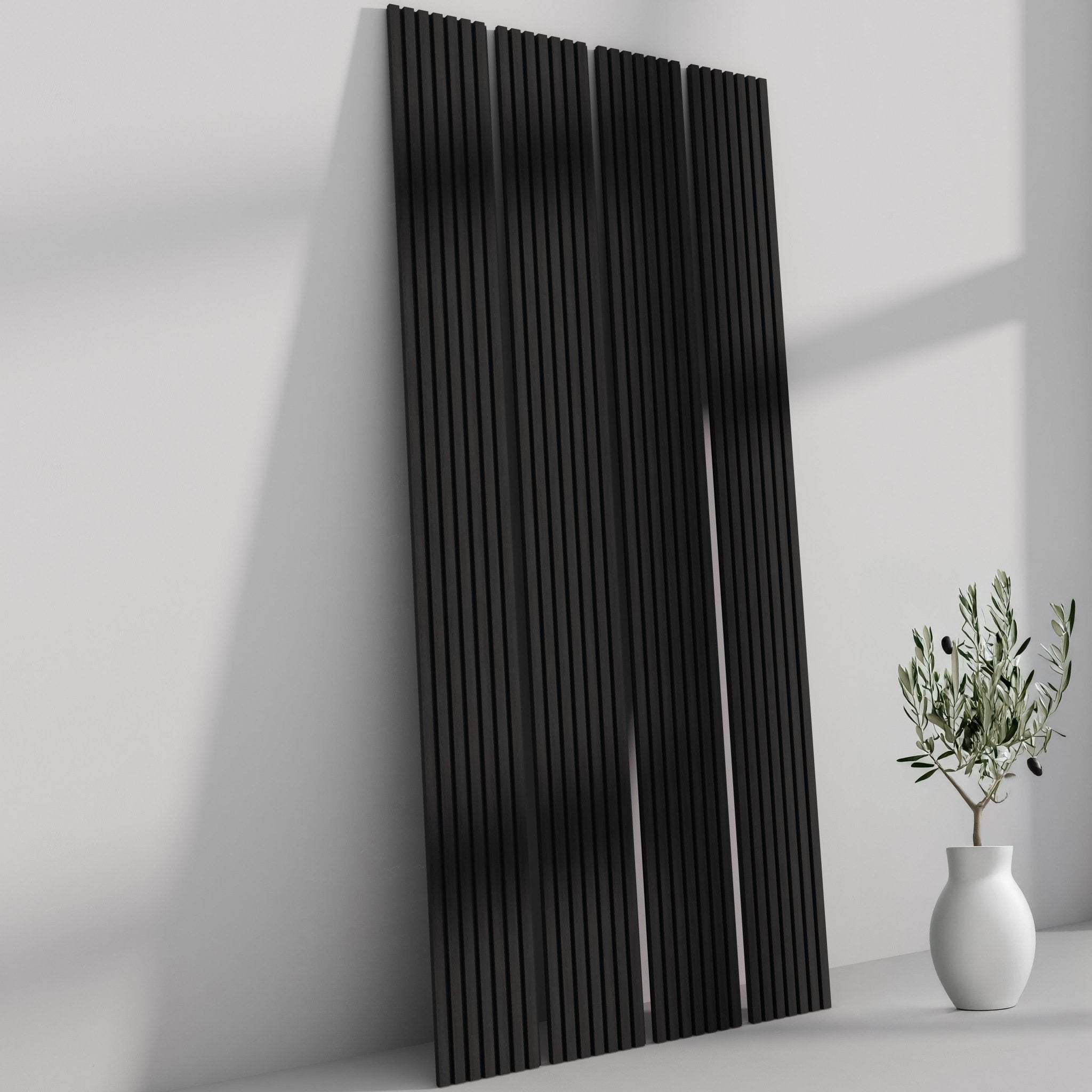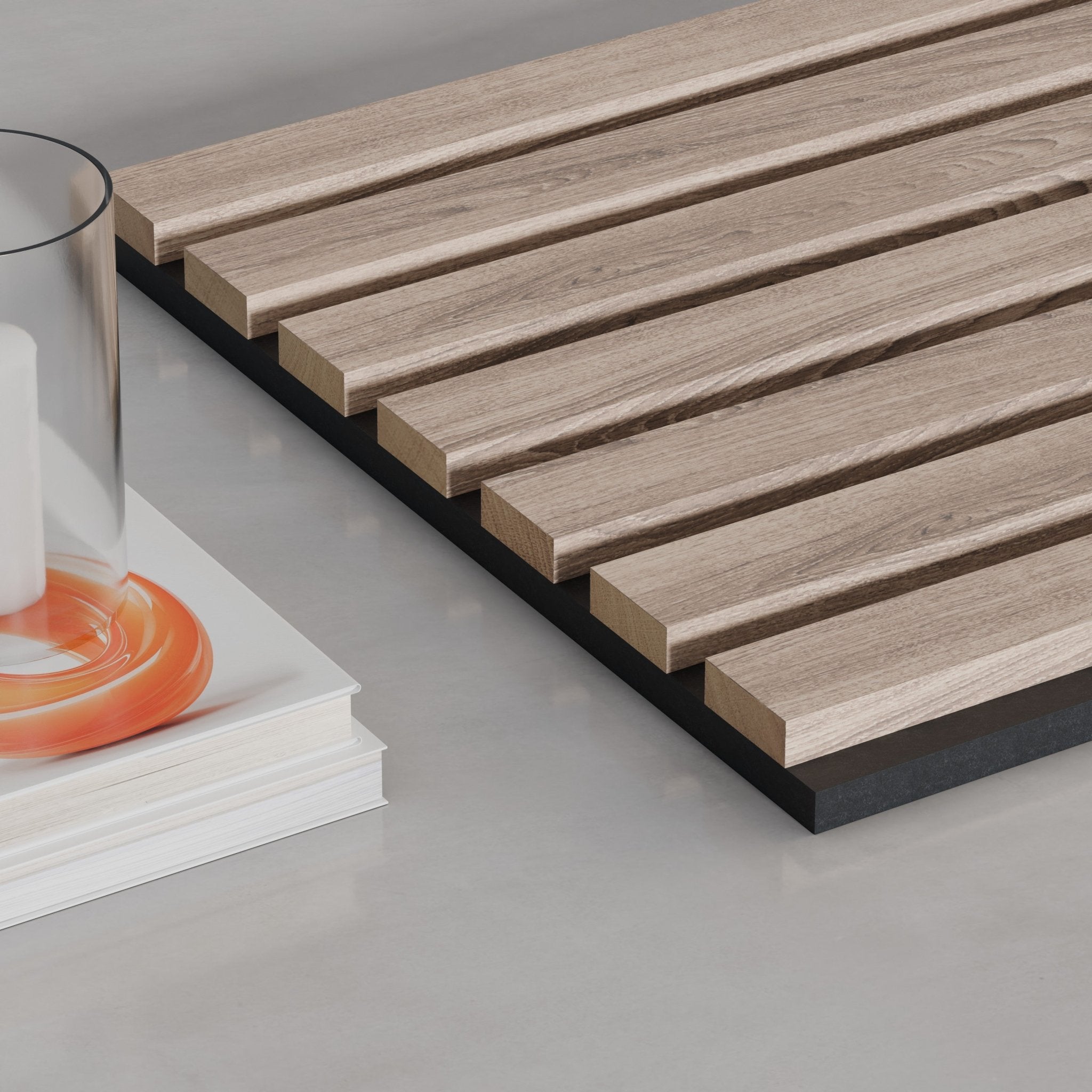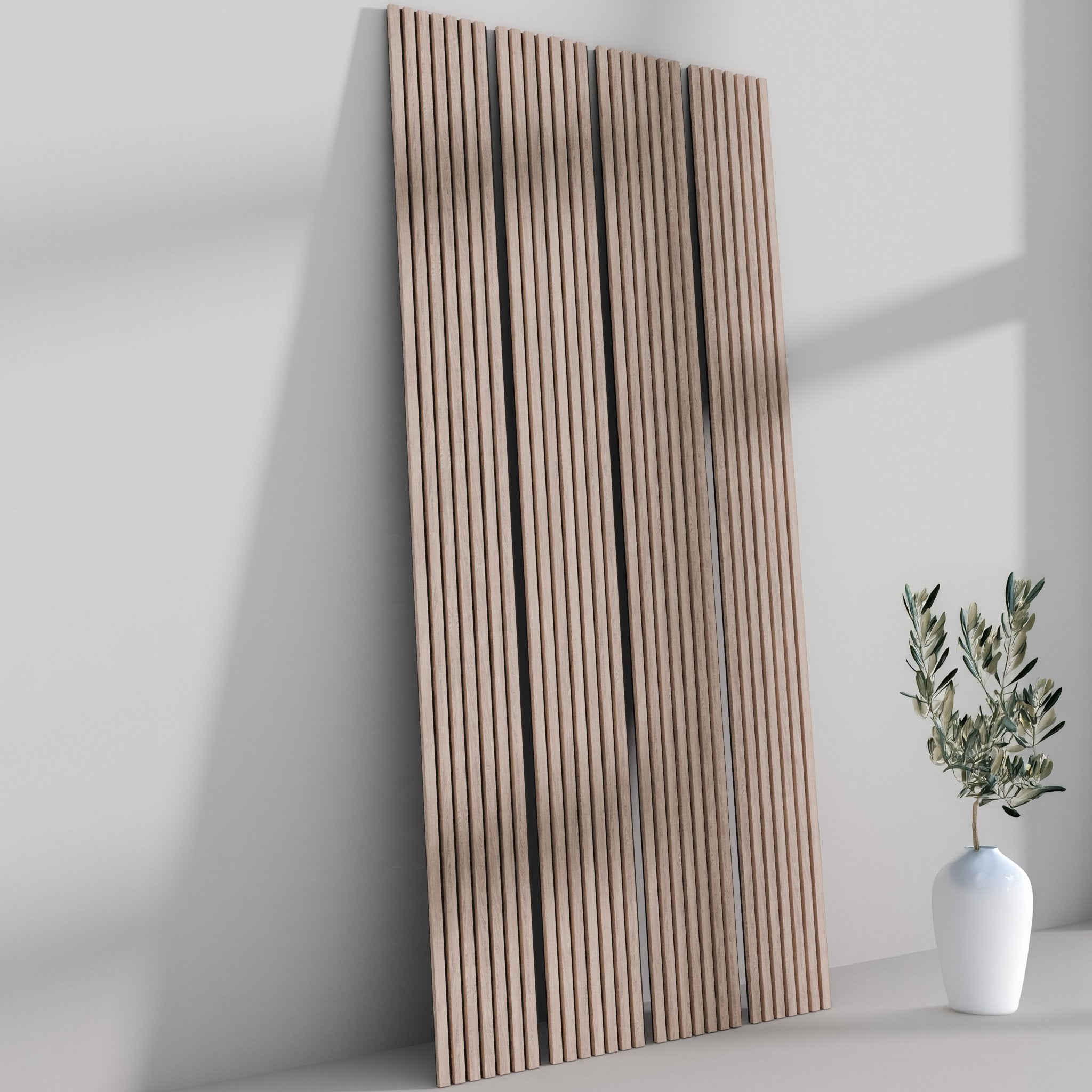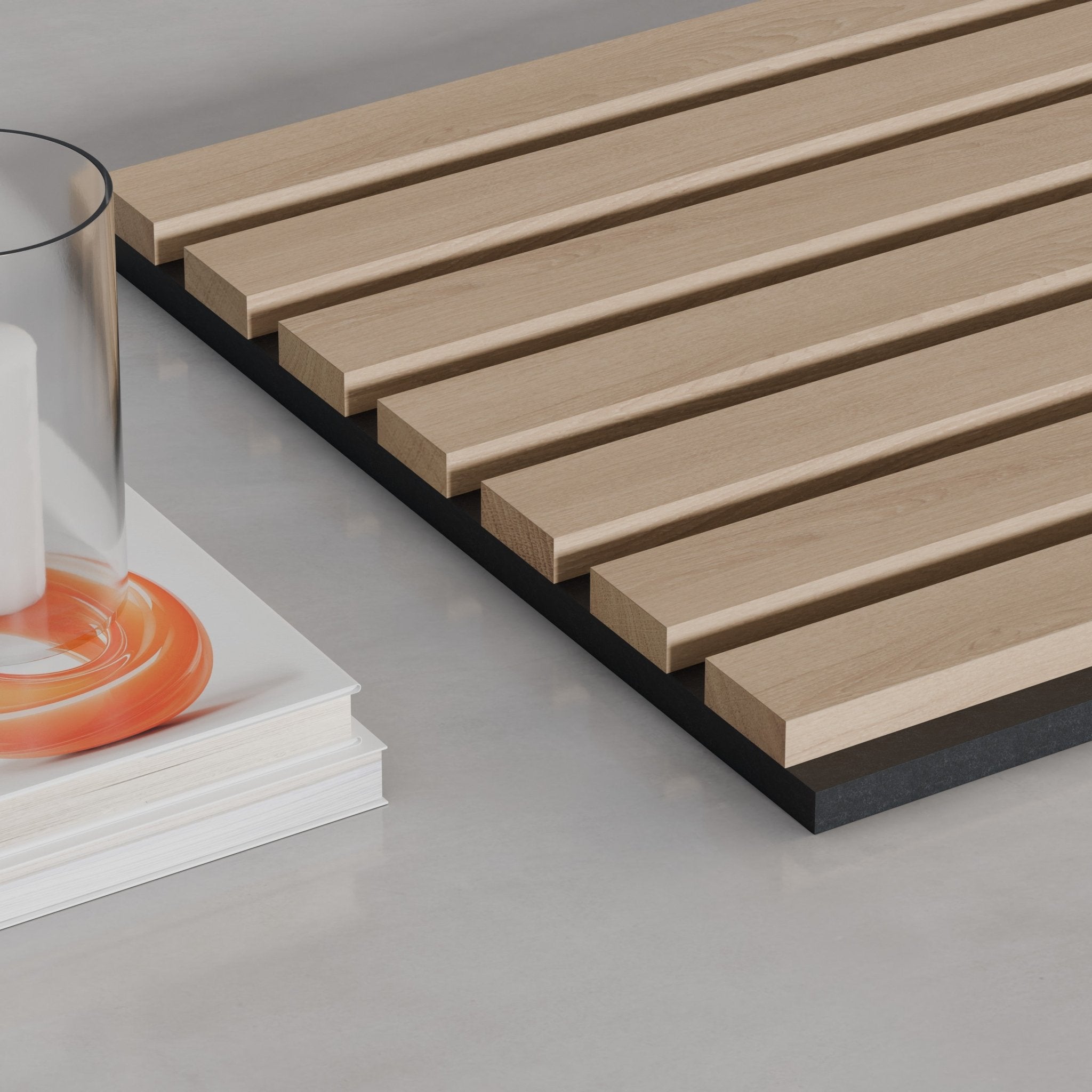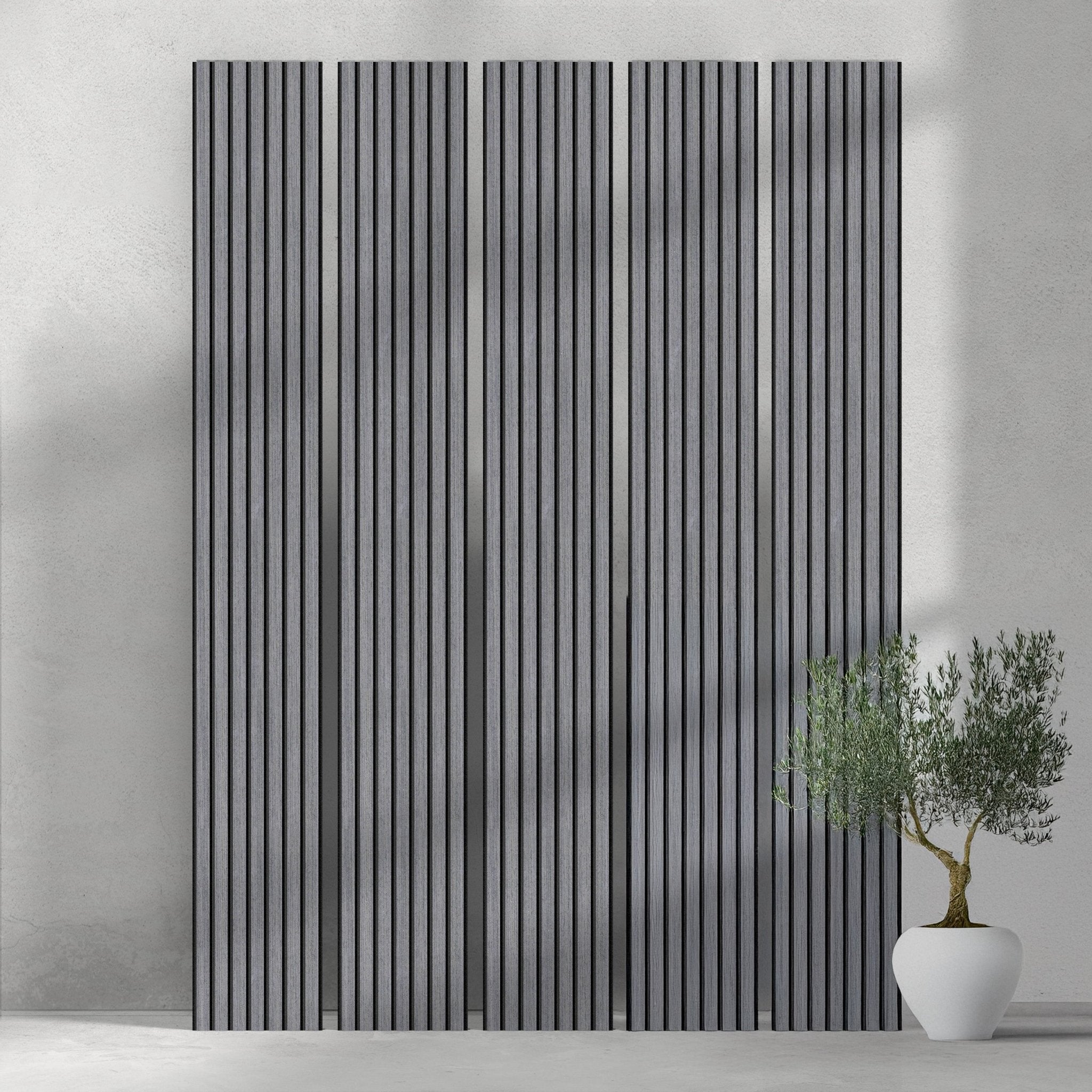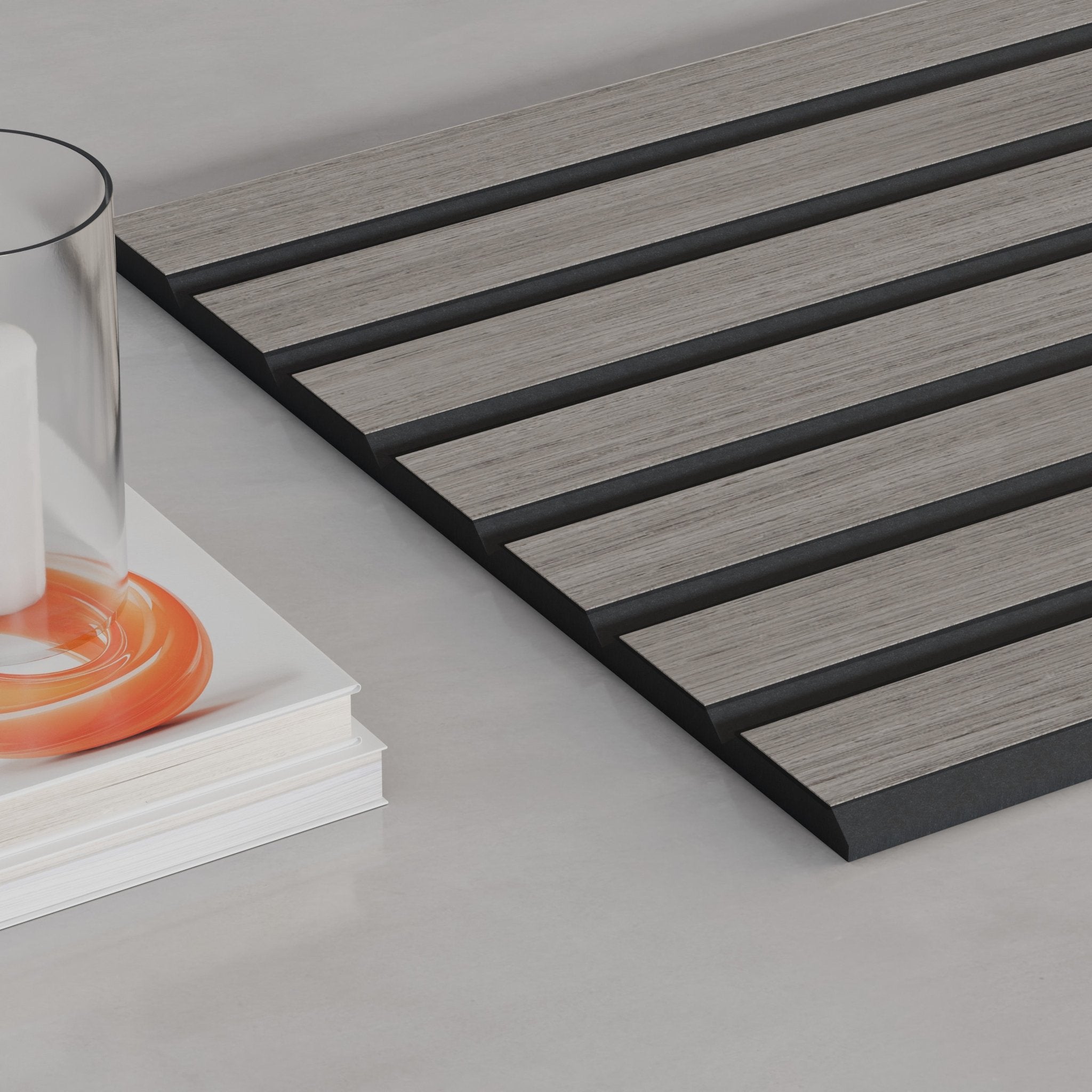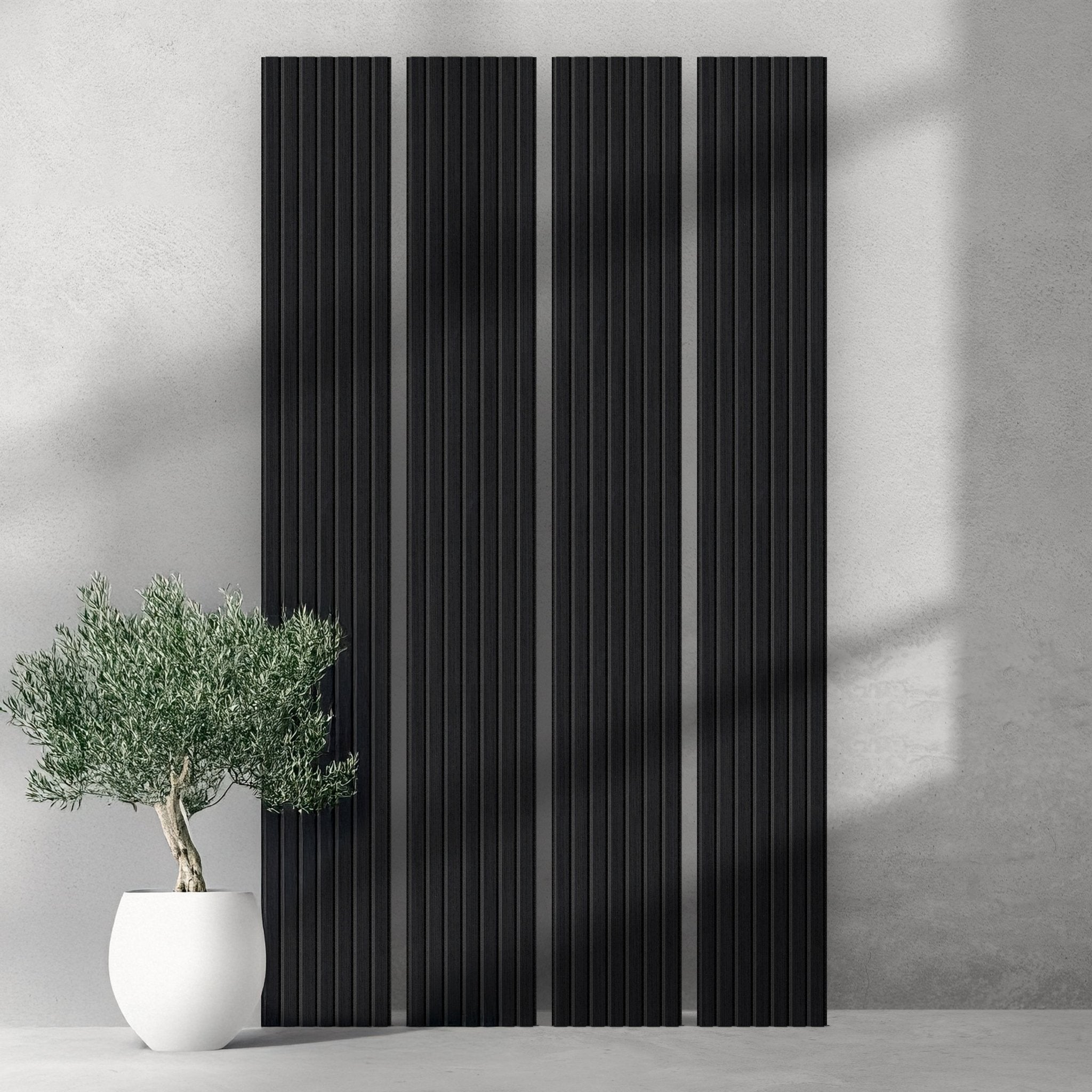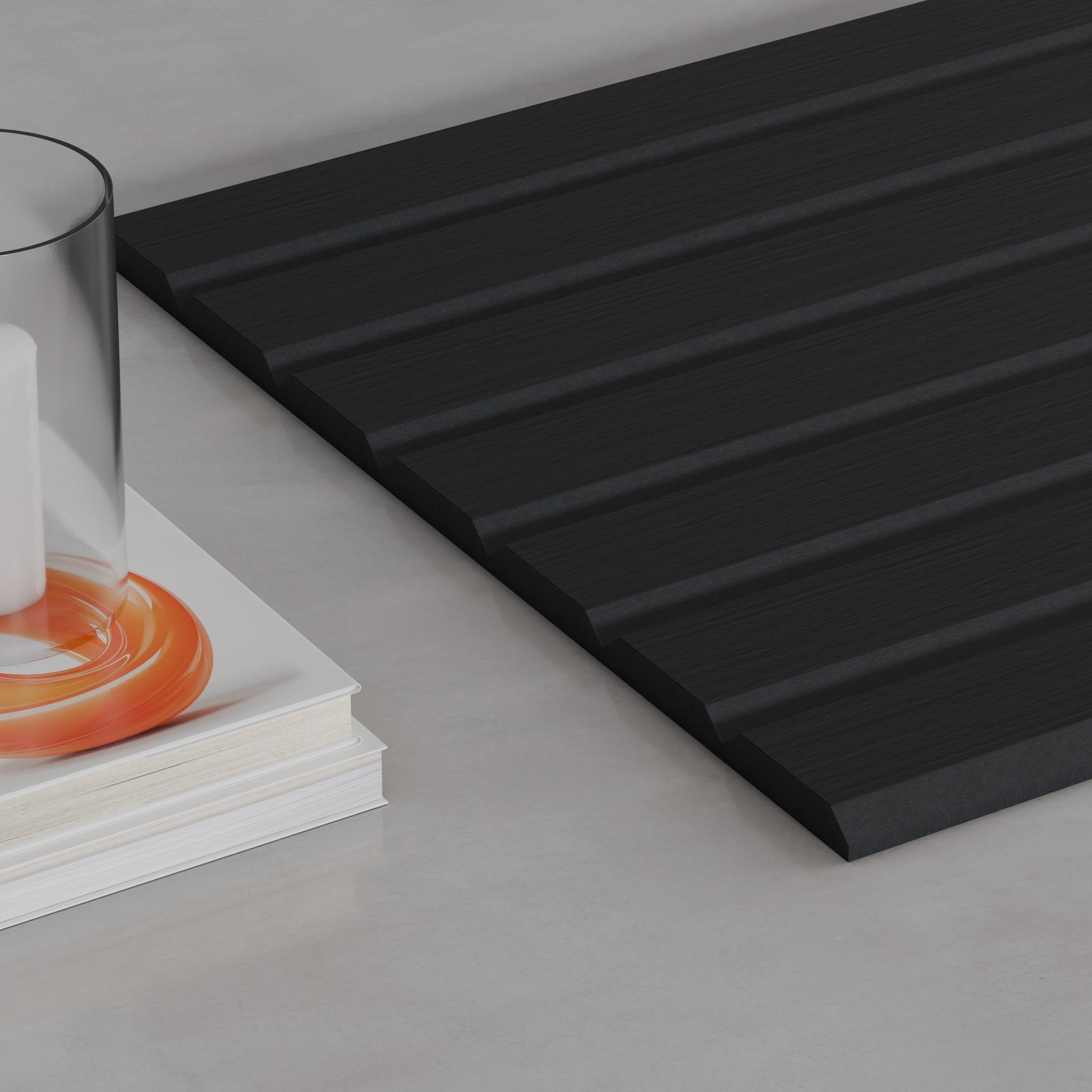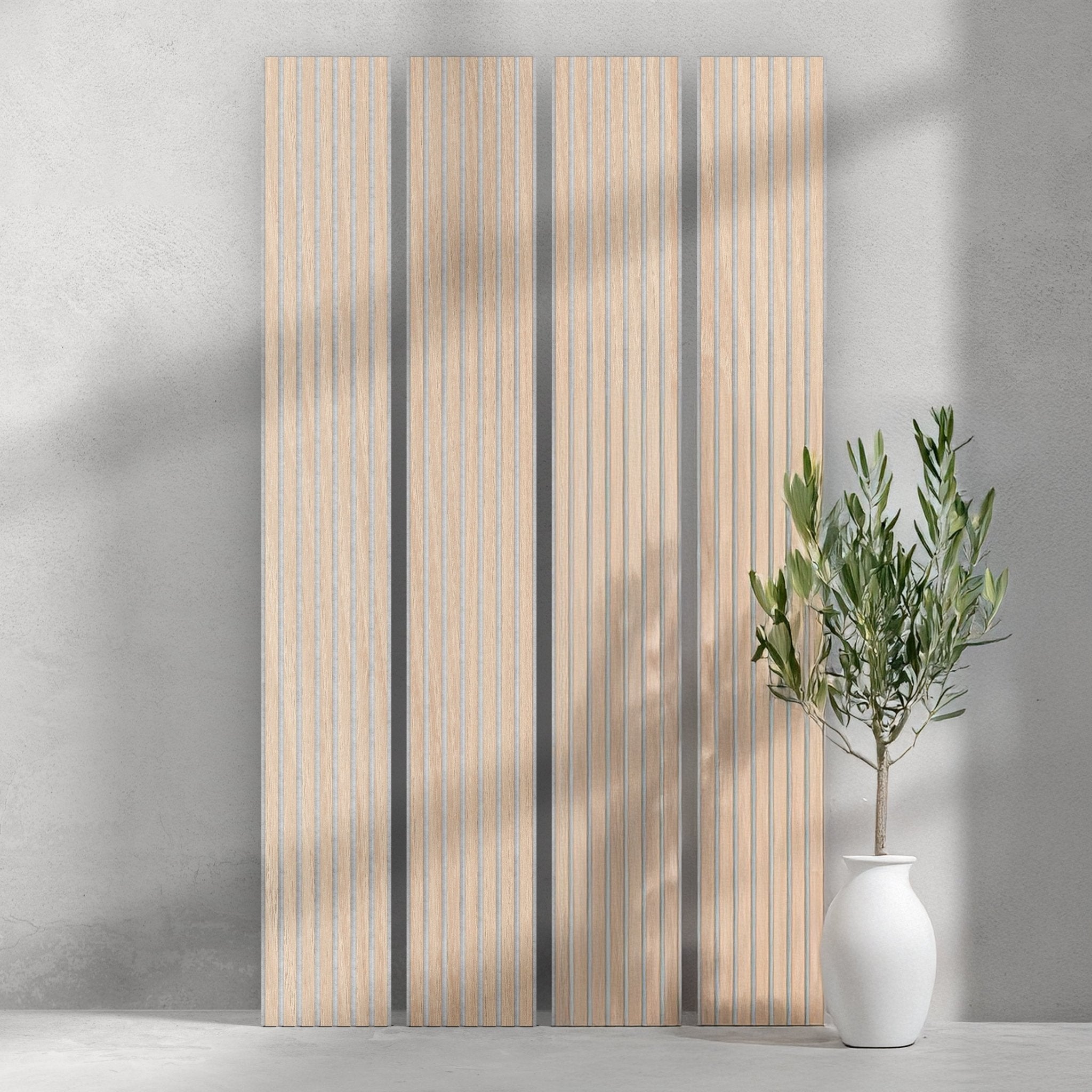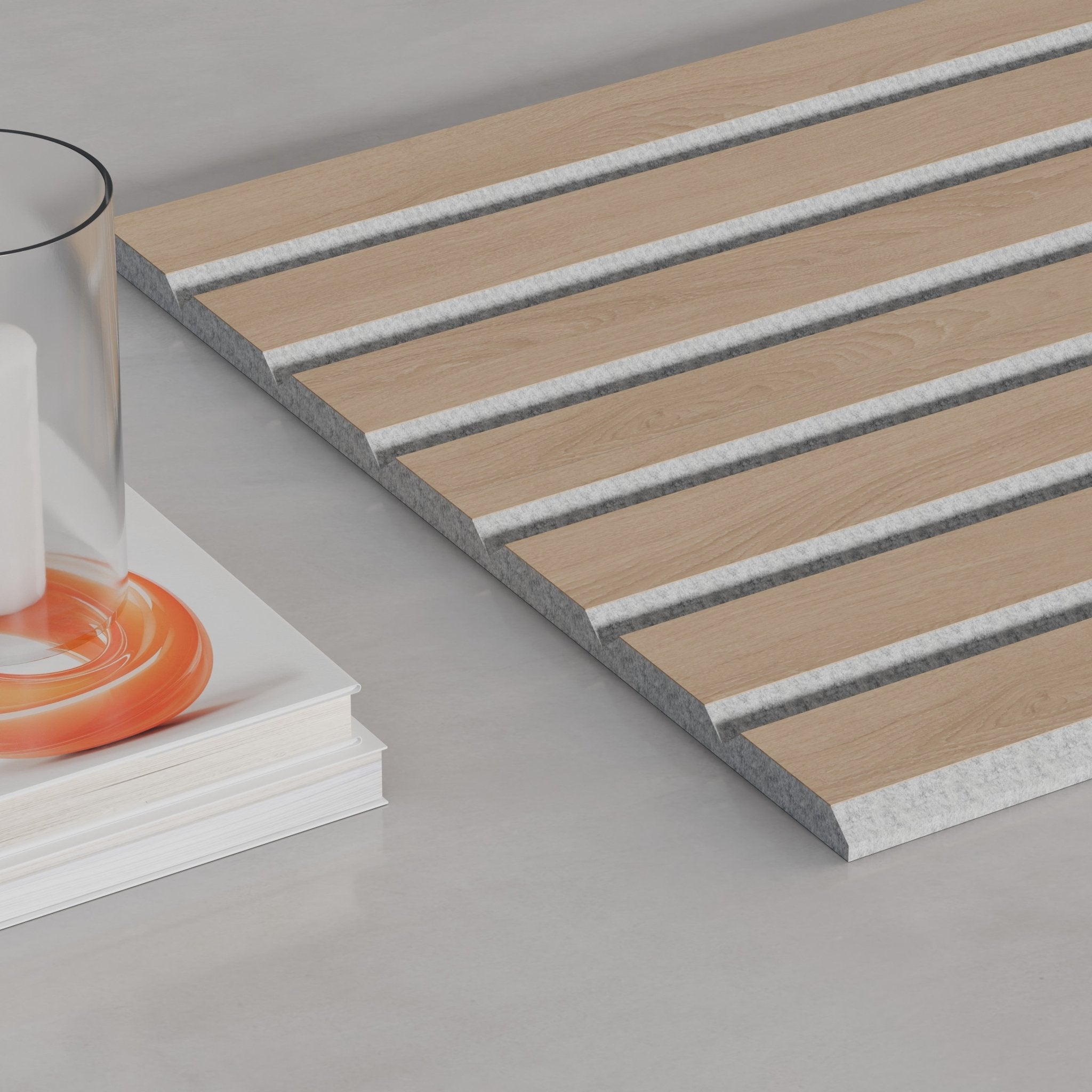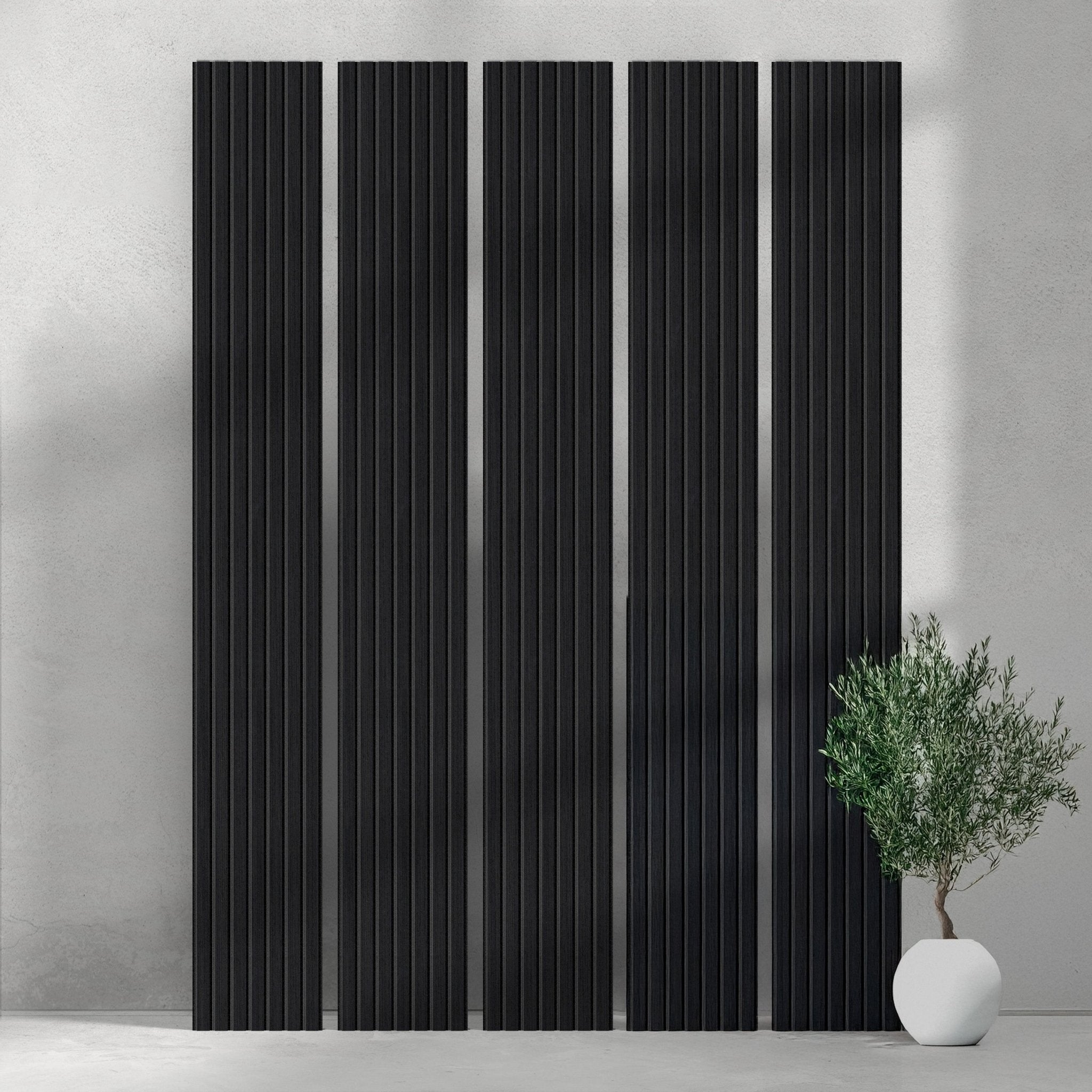Introduction
Healthcare settings have unique acoustic needs. From patient rooms to waiting areas and surgical suites, the control of sound is crucial for comfort, privacy, and even medical outcomes. This article explores the application of wood slat acoustic panels in healthcare environments and how they contribute to better patient care and overall facility function.
Why Acoustics Matter in Healthcare
Patient Well-Being
Uncontrolled noise can elevate stress and anxiety levels among patients, hindering the healing process. Therefore, creating a peaceful sound environment is essential.
Medical Staff Efficiency
Poor acoustic conditions can affect concentration and performance among medical professionals, increasing the risk of errors.
Privacy Concerns
Ensuring auditory privacy in consultation rooms and patient areas is critical for adhering to confidentiality requirements, such as HIPAA guidelines in the United States.
The Promise of Wood Slat Acoustic Panels
Superior Sound Control
Wood slat acoustic panels are effective in reducing reverberation and echoes, thus providing a balanced acoustic environment conducive to communication and relaxation.
Aesthetic Qualities
The natural look of wood can create a calming atmosphere, contributing positively to the psychological well-being of both patients and staff.
Durability
These panels are often more durable than traditional acoustic solutions, which is especially important in high-traffic healthcare settings.
Practical Applications in Healthcare
Waiting Areas
Installing wood slat acoustic panels can make the waiting experience less stressful for patients and their families.
Patient Rooms
Appropriate acoustic design can lead to better rest and faster recovery, making wood slat panels an excellent choice for patient rooms.
Surgical and Procedure Rooms
In spaces where utmost concentration is needed, wood slat panels can minimize distracting noise, thereby allowing medical professionals to focus better.
Case Studies
Hospital A
After retrofitting their ICU with wood slat acoustic panels, Hospital A reported a 20% improvement in patient sleep quality, according to patient surveys.
Clinic B
In a private clinic specializing in mental health, the installation of wood slat panels contributed to a more peaceful environment, positively affecting both therapy sessions and staff well-being.
Challenges and Considerations
Cost Factor
While effective, wood slat acoustic panels are often more expensive than other solutions, necessitating a thorough cost-benefit analysis.
Cleaning and Maintenance
Given the hygiene requirements in healthcare settings, the panels chosen must be easy to clean and maintain.
Conclusion
The acoustic environment in healthcare settings can significantly impact patient recovery and staff efficiency. Wood slat acoustic panels offer an effective and aesthetically pleasing solution to address these concerns. Though they may come at a higher initial cost, the long-term benefits on patient well-being and healthcare outcomes could very well justify the investment.


